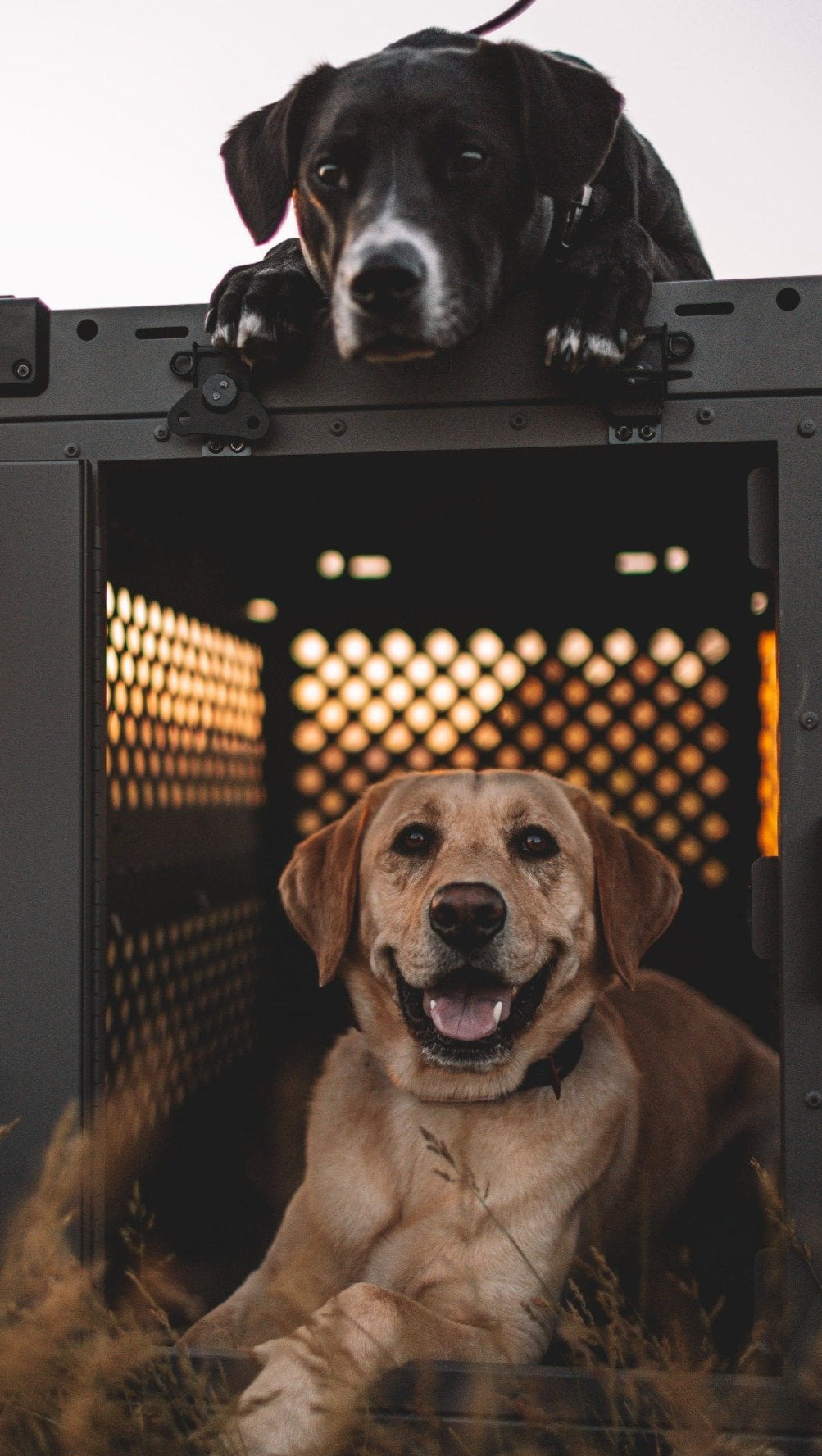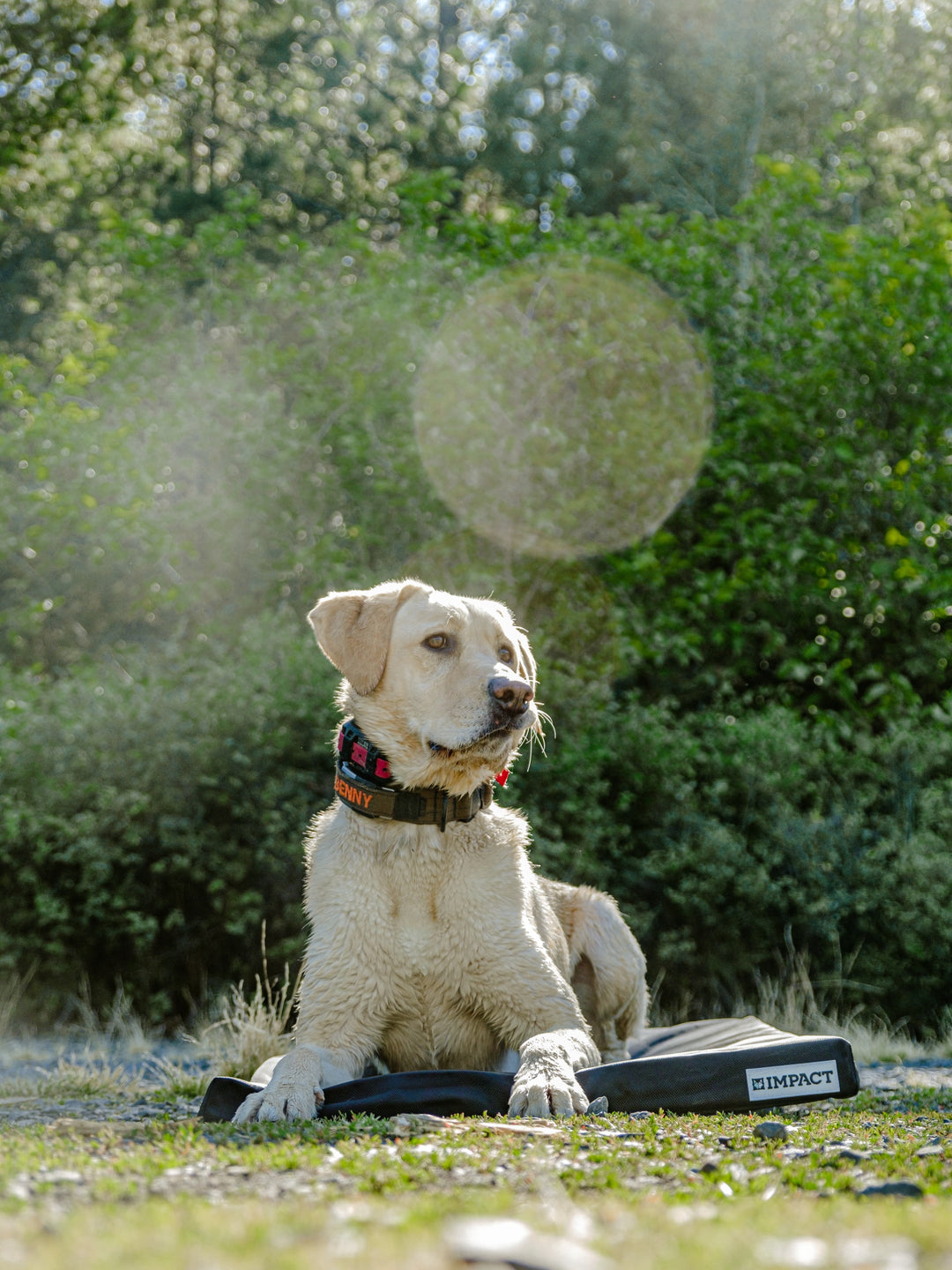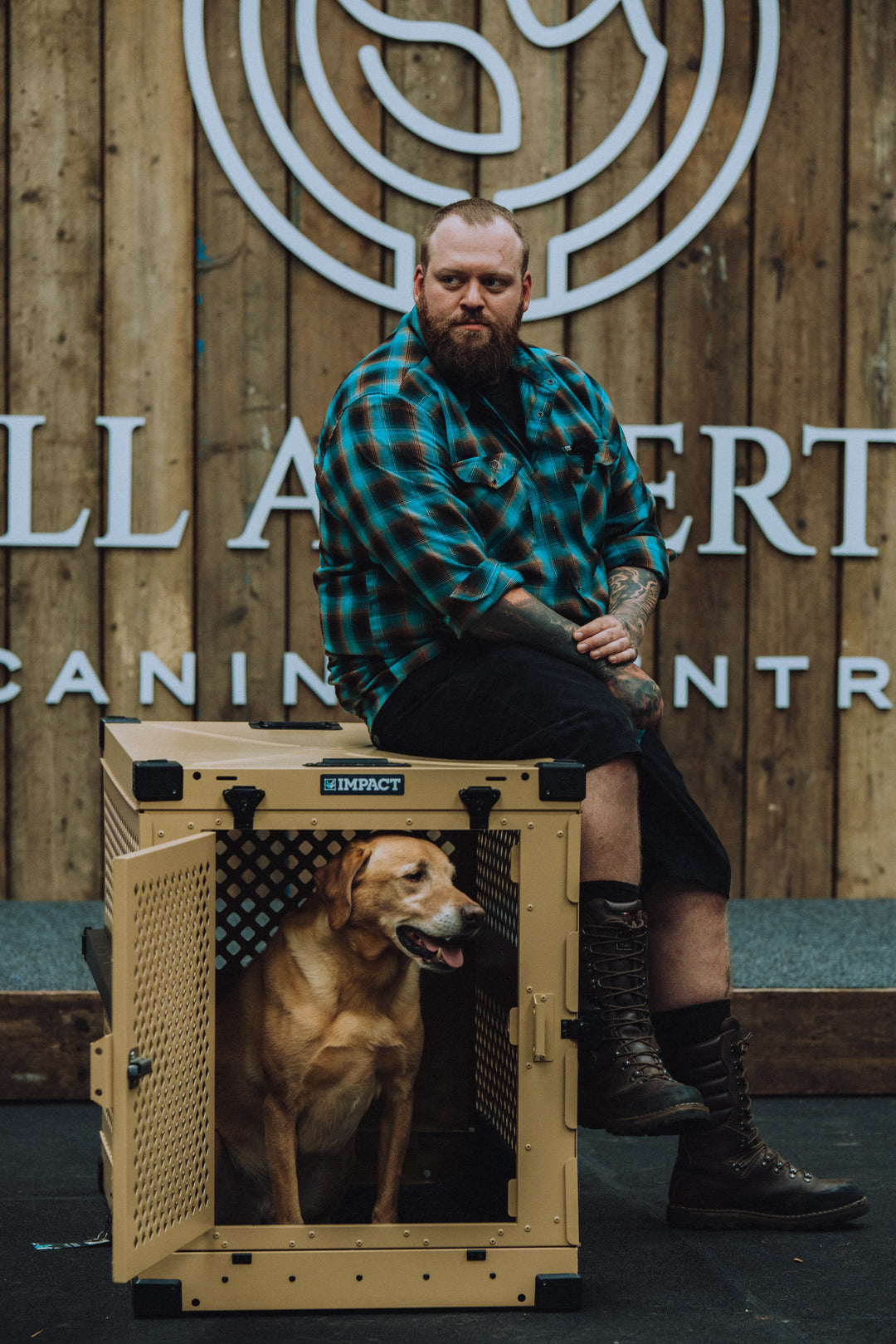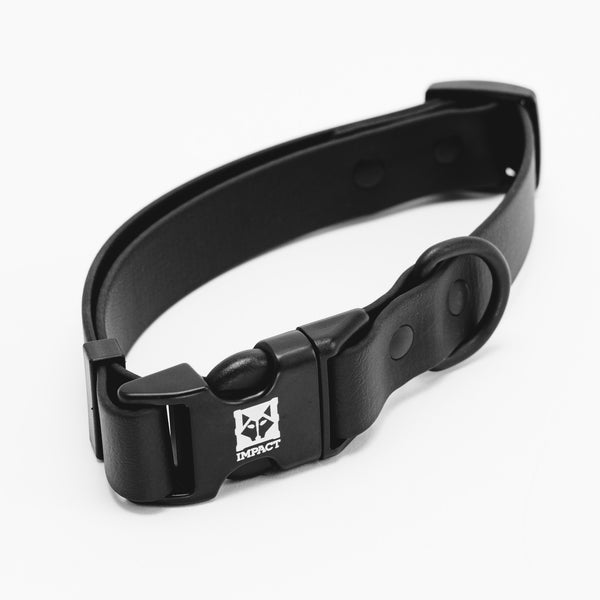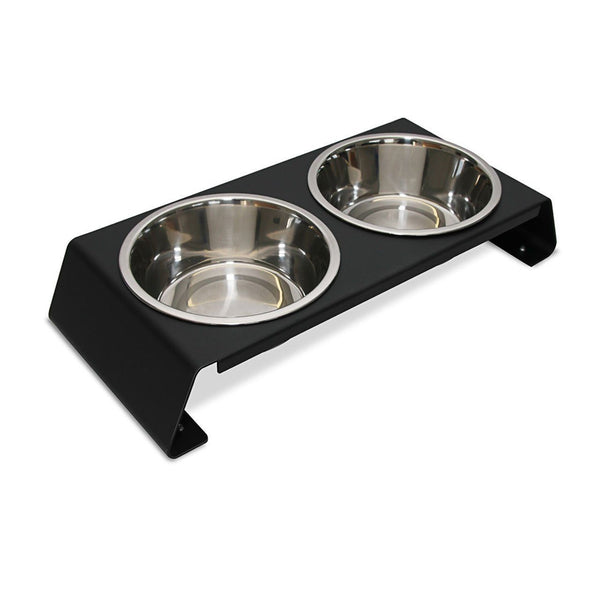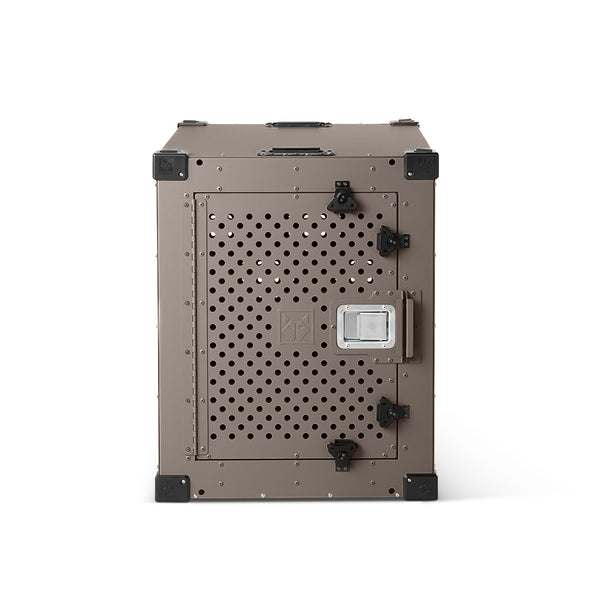Watching your dog during her pregnancy, or even just wondering if she might be expecting, can be an exciting time. After all, you could be welcoming a new litter of adorable puppies soon.
If this is your first time experiencing this, it’s important to understand the steps needed to ensure her well-being and that of her puppies too.
This blog will walk you through key details, including signs that confirm pregnancy, tips for caring for her during gestation, and suggestions to help you prepare for the arrival of the puppies. With the right knowledge, you’ll feel more confident and avoid common mistakes, while creating a safe and nurturing environment for the new arrivals.
Understand Dog Pregnancy
The Reproductive Cycle Of Canines
The reproductive cycle of the female dog begins when she hits sexual maturity, often between 6 to 24 months, also depending on the breed. You will find it amusing to learn that your dog’s reproductive procedure consists of four stages: proestrus, estrus, diestrus, and anestrus. Dogs tend to become pregnant during the estrus phase, which you call as being “in heat”
Duration Of a Dog’s Pregnancy
The average duration of a dog’s gestation period lasts about 63 days, but keep in mind that it can range between 58 and 68 days. You should know this timeline as it is important for preparing for a major pregnancy and the final birth.
Signs of Dog Pregnancy
Unlike humans, there are no pregnancy tests designed for dogs that can help you figure out whether they are bearing puppies or not, especially in the first few weeks. However, there are physical and behavioural changes that can offer some clarity:
Early Physical Signs
The early physical signs from week 1-4 display minimal outward changes, hence you are requested to be patient and notice
Changes In The Nipple
When she hits the third or fourth week, you may come across light changes in her nipples. For instance, they might look more prominent, appear darker or may be pinkish, and the surrounding area may be more rounded. Why? The reason lies in increased blood flow as the mammary glands prepare for the production of milk.
Mild Morning Sickness
Now, this morning sickness sign is similar to what happens to humans as well. It can emerge as a temporary decrease in hunger or even a little vomiting, while some dogs can experience an increase in appetite. These ups and downs are usually associated with shifts in hormones.
Increased Exhaustion
When puppies are growing inside your dog, you will observe that she will experience increased exhaustion. Lie in her spot frequently to get some rest and have less to no energy to either play with you or go for casual routine walks, this tiredness can be one of the earliest behavioural changes.
Clear Discharge From Vagina
It’s not always there, but some pregnant dogs do have a clear discharge from their vaginas which doesn’t have any kind of smell. However, if your dog’s discharge is opposite in nature and a lot in quantity, then kindly talk to your vet.
Later Physical Signs
As the pregnancy moves ahead around week 5-9, the physical signs of your dog become more visible and simpler to identify:
Enlarged Abdomen
Is her abdomen enlarged? Then, this proves to be one of the definitive signs of her gestation, and whenever you lean in closer to touch her body part, it will always feel firm. How much will the abdomen continue to grow? That totally depends on the size of her upcoming litter.
Weight Gain
Like humans, gain weight in this way, similarly, your dog will also. Her weight gain will be due to puppies that are growing in size and supporting pregnancy tissues. Therefore, increased weight is one of the strong hints that you need to be prepared to nurture mini versions of your dog.
Development of Mammary Glands
In this stage, the mammary glands also start developing and become prominent. As the due date comes closer, you may even see a milky or clear discharge from the nipples, showing that milk is under production.
Visible Movement Of Puppies
In the final weeks, on gently placing the hands over her abdomen, you might even feel the movement of the newborn guests. This will make you super happy and compel you to show extra care for her.
Behavioural Changes
Apart from the physical transformations, your pregnant dog might undergo several behavioural changes as well, which can give you more clues:
Changed Affection
Shifts in hormones can cause changes in your dog’s personality. The thing is that some dogs tend to become more clingy and loving towards their owners, expecting the same kind of attention from them, too. At the same time, dogs can feel irritated and even react if bothered; therefore, be careful on your end, as your dog can display one of these signs.
Nesting
As the due date keeps coming closer, your dog will likely show nesting. What is it? Your dog will search for a safe and isolated spot to deliver her babies, often scratching at bedding, collecting blankets, or shredding materials to create a cosy place.
Fluctuating Hunger
Some dogs feel very hungry in the final few weeks, while some dogs may experience a decrease in appetite before labour. This is accompanied by restlessness.
How Is a Dog’s Pregnancy Diagnosed?
Vets make the most out of several techniques, each effective at different levels of pregnancy, to confirm the arrival and examine the health of the puppies as well:
Abdominal Palpation
It is one of the earliest methods, where vets gently feel your dog’s abdomen to detect the small, marble-resembling swelling hinting towards developing fetuses. The approach is most effective between the 28th and 35th day of pregnancy, as before this timeframe, the fetuses are too small to be felt. It’s a quick and non-invasive process whose accuracy depends on your dog’s size, the experience of the vet, and temperament.
Ultrasound
This happens in the case of human beings as well. The tool offers visual confirmation with the usage of sound waves to create images of the uterine contents. The non-invasive imaging technique can detect heartbeats, and seeing those tiny heartbeats gives assurance that she is pregnant. Besides, it can also tell about their health, identify any abnormalities, and provide a rough count of the litter.
X-Rays
X-rays are usually taken later in the pregnancy, so that the skeletal muscles of puppies calcify to become evident in the image. Learning the exact number of puppies is valuable for owners and breeders as it makes it easier to predict the duration of labour and confirm whether all the puppies are out or not.
Blood Tests
The developing placenta produces a hormone known as Relaxin, which confirms your dog’s pregnancy after 30 days post-mating. It’s a precise method, especially beneficial in case palpation is not possible or ultrasound is not available.
How To Care?
Caring for a pregnant dog is a rewarding experience, where you are required to give your full attention to details, and understand her needs. For instance, you have to look after her nutrition to veterinary care for a healthy mother and strong litter in the following ways:
Nutrition
You need to provide her with proper nutrition, as you are giving food to the puppies as well. Her dietary requirements will significantly change to support the development of the litter; hence, do this:
Early Pregnancy
In the initial few weeks, your dog’s caloric needs won’t drastically change. You have to continue feeding her premium-quality adult dog food, don’t overfeed, as that can lead to weight gain and other potential complications during delivery. Concentrate on maintaining her body condition.
Mid To Late Pregnancy
When the fifth week starts, your dog’s nutritional requirements will quickly increase as the majority of fetal growth occurs in the last third of the stage, so feed her in the below-mentioned style:
Switch to a High-Quality Food - Switch her meals to a top-notch quality puppy formula or a “growth” or “all life stages” formula, as these are richer in fats, proteins, and necessary nutrients such as phosphorus and calcium, important for bone development of the fetus.
Gradually Increase Food Portions - You don’t need to increase her food consumption overnight. Gradually increase the portion sizes as you enter the last 3-4 weeks, planning to increase the total food by 35-50%, nearing her due date.
Divide Meals - Rather than serving one or two large meals, offer smaller and more frequent ones throughout the day. This can assist in normal digestion without feeling full as her abdomen expands.
Access to Fresh Water - Make sure that her water bowl is always filled with fresh and clean water. Staying hydrated is essential for overall well-being and milk production.
Avoid Supplements - Keep in mind that you don’t need to give calcium supplements or other vitamins unless your vet recommends giving. Why? The reason is that too much calcium can result in complications such as eclampsia, a life-threatening drop in blood calcium after whelping. In short, a balanced puppy food must provide all the critical nutrients.
Exercise
During her pregnancy, her energy levels will probably fluctuate, but you still has to make sure she gets proper exercise as that assists in maintaining the tone of the muscles. stops excessive weight gain and can aid in an easier delivery. So, do the following:
Early To Mid-Pregnancy
If you were doing moderate exercise with her, then continue doing that or even better, go for walks. Avoid strenuous activities, hardcore activities, or anything that consists of jumping or rough play, resulting in injury.
Late Pregnancy
Reduce the time and intensity of her walks as her due date comes near. Go for short, frequent, and gentle strolls. Drop the plan to go for long hikes or activities that can make her tired and overheated, and pay attention to her body cues when she is tired.
Veterinary Care
Kindly be in constant touch with your vet and go for follow-ups:
Confirmation Visit
As soon as you suspect that she is pregnant, get an appointment for confirmation, where your vet will run the necessary tests. Furthermore, tell the vet what you feed her, the dog’s current medication course, and any other concerns you have.
Follow-Up Visits
Your vet will suggest you bring her for multiple follow-up visits, which might include:
Deworming - They may recommend you to deworm to prevent parasites from being passed to the puppies.
Vaccinations - Get her vaccinated before breeding. While it is avoided during gestation, your vet will be able to tell you better whether she needs it or not.
X-ray - An X-ray is vital for an exact count of the puppies developing inside your dog; hence, have the visual imaging done around day 45-50. This further assists in letting you know if all have been delivered.
Discuss Your Concerns
If you find anything unusual about your dog’s pregnancy, remember to discuss concerns with your vet. For instance, any signs of trouble during the phases of labour and how to tackle different emergencies. Save the doctors' after-hours contact information for further details.
Medications
In the case of medications, don’t offer anything without knowing, as that can result in severe complications, hence, it is advised to:
Consult Your Vet
Irrespective of supplements, flea, and tick treatments, avoid offering unless your vet allows it. The thing is, you never know which ingredient in the medicine harms the fetuses.
Current Medicines
Do tell your vet what medications you are currently giving your dog. They will guide you on whether the course needs to be stopped, continued, or adjusted with other medicines. Leaving out any detail might make you regret it later on.
Reduce Stress
The more stress-free environment you provide your dog with, the better for her and her developing puppies:
Stick To Routine
No need to change your dog’s routine, stick to it as that will provide her a sense of security and comfort that you are with her.
Quiet Space
Wherever you keep her, make sure the spot is quiet and safe, where she looks forward to returning and sleeping.
Limit Strangers
When she is near her due date, limit strangers or new pets from meeting her, as that can contribute to more stress. They all can wait once she has delivered the puppies.
Handle Gently
Unleash your inner parent and handle her gently, the way you would have done with your child.
Grooming
Side-by-side, focus on her grooming as well:
Brushing Regularly
Take her coat brush and resume doing that to keep her coat clean and mat-free. Otherwise, it's going to get difficult for you.
Nail Trims
Trim her nails, especially if she becomes less active. The cutting will prevent self-harm.
Bathing
Bath her a few days before her delivery date, but avoid when she is whelping, as that might hinder her nesting.
Preparing For The Puppies
Preparing for the puppies, you need to do a bunch of things. For instance, setting up the whelping area, assembling necessary supplies, and understanding the demands to leave no stone unturned in providing them with the best care:
The Whelping Area
This is the area where your dog will give birth and feed her newborns for the first few weeks, hence select a good place and set up accordingly:
Location
Pick a warm and private space in the shape of a spare room, a corner of the living area, or a big closet, where your dog feels secure. Don’t make things difficult, as you should also be able to enter the spot to monitor and help.
Structure
You need to create or get a firm whelping box with low sides. The walls must be high enough to prevent the puppies from wandering, but low enough for the mother to come out and return. If possible, consider attaching anti-crush rails so that your dog doesn’t crush her puppy when she rests.
Size
The box should be big enough for the mother to relax without consuming space of the puppies lying beside her.
Bedding
Bring soft, clean and absorbent bedding lining to set in the box that can be frequently changed as well. For instance, get old towels, newspapers, and washable whelping pads. Shredded blankets or materials can become challenging for the puppies to move around. Therefore, be careful.
Crucial Supplies
Collect crucial supplies before your dog enters labour. That will prevent last-minute chaos and searches:
For Whelping
-
Clean towels or paper towels to clean the whelping box and their mother
-
Sterile blunt-tipped scissors for cutting umbilical cords, if necessary
-
Without wax dental floss to tie umbilical cords
-
Antiseptic solution to dab on stumps
-
A bulb syringe to clean the mucus from the puppy's mouth and nostrils
-
Scale to weigh the puppies
-
A pen and a notebook to note down their birth details
-
Waste bags to dispose of solid materials
-
Gloves for hygiene
-
Vet’s contact details for contacting in emergencies
For the Birth Of Puppies
-
Puppy milk replacer
-
Heating pad
-
Identification collars, if necessary
-
Enclosure to specify their boundaries
-
Food and water bowls
-
Toys for entertainment
Conclusion
We hope you found this blog helpful regarding handling your dog’s pregnancy till the day she delivers the litter. If the situation slips out of your hands, you are more than welcome to contact your vet.

